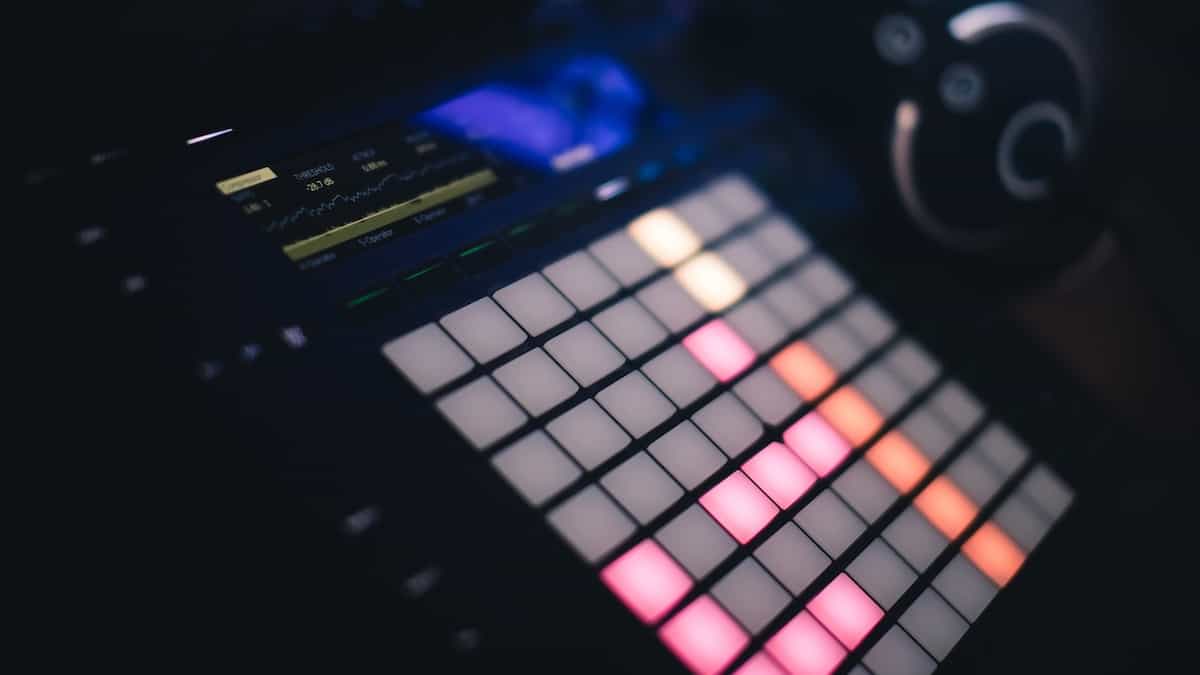Columns
Composer’s Forum: Pattern Paradise

How to use sequencers to create musical patterns
My last few columns have discussed repetition in music and the patterns that result. Until now, those discussions have revolved around the rhythmical aspects of patterns. I’ve been focusing on meters, rhythms, accents and grooves. What words are missing from that list? Notes, riffs, scales, or chords, perhaps? The truth is that the melodic content must also revolve in a satisfying way for a pattern to be compelling and hypnotic.
At the highest level, the interaction between pitches and rhythms is often what attracts musicians to the patterns they play. This interaction can be everything from totally synchronous (with both repeating within the same time period) to some factorial relationship (for example, the pitches repeat once for every two or three repetitions of the rhythm). This latter arrangement introduces an organizing principle greater than a simple repeating pattern. The moment of their convergence, when both restart at the same time, has significant power. In this example, the bass part restates its basic seven pattern while the keyboard plays a double-bar phrase.
The way that musical energy works is similar to the way we breathe. We breathe in and out in a circular motion not unlike a sine wave. Compositionally, this music energy manifests as a series of departures and arrivals. It is similar the same way that harmonies contract with dissonance and then relax with consonance. And it is the same with the phrasing of patterns.
Tools of the Trade
Many hardware devices and software apps facilitate metrical manipulation and pattern experimentation. There are loopers and delays, arpeggiators and drum machines, but by far the most powerful is the sequencer. Sequencers combine pitch and rhythmic features in one environment. These come in many forms, but predominantly, there is the step sequencer and the digital audio workstation.

The Step Sequencer
Step sequencers have been around since the late 1970s and are extremely simple to program and understand. This is especially true since most have an LED-per-step visual design that makes a somewhat abstract concept completely trackable. The potential for regroupings, using ties, rests and all kinds of velocity accents and syncopations in this format is incredible. Furthermore, when they are connected to or onboard a synthesizer, then timbral parameters are also incorporated into the pattern composition. If you’re interested in creating musical textures using patterns or designing detailed metrical variations, you should have a step sequencer.
Those familiar only with MIDI sequencing in DAW software will need to make some adjustments, especially for the recording process. Instead of hitting Record and playing the part exactly as you hear it, you’ll record only pitch data for each step.
In this video example, I’m using the sequencer onboard the Sequential Pro 3 synth. It has 16 steps, making it perfect for manipulating common time (4/4 meter) presented in 16th notes. You can also set it to loop at any period.
The Digital Audio Workstation
The advantages of software sequencer environments are manifold: multitrack, multitimbral, cut/copy/paste/duplicate operations, visual drag and drop GUI, etc. It’s good to realize that functions like tempo and meter are global, however. For that reason, it’s best to stay in common time and create custom length pattern clips.
You can construct hypnotic patterns that evolve over time by repeating clips of different lengths so that there’s a convergence when all return to their downbeats at the same time. For example, repeating cycles with lengths of 4, 6, 9, and 12 will re-converge every 72 steps (18 measures of 4/4). This compositional technique derives from Colotomic music, a pattern-based style derived from Indonesian gamelan. In the audio example, I preview each part and then add them slowly together; the slowly changing context of the parts is like a musical mobile.
If you don’t have an Indonesian frame of mind and want things to change over time, try introducing short muted clips or momentary solos into the texture. Or mute a part for some time and then re-introduce it, like a character who’s left the stage and reenters.
You can also automate some parameter control over individual sounds, like modulating cutoff frequency or envelope release time or effects, etc.
Free Your Mind
Creating patterns and playing with diverse meters broadens a composer’s toolkit. If you find yourself always defaulting to a normal rotation of four-beat patterns, practice playing chords with different feels in different meters. If you’ve never considered triple time, play with it and alternate the 3/4 feel with some bars of 6/8 for a hemiola feel. For readers who want to advance their musical skills, practice with polyrhythms on bongos or kitchen tables, starting with the hemiola itself: three against 2. See how natural you can make a seven time feel, and listen for interesting meters in music you like. All you have to do is count—listen and count.
For the lunatic fringe who simply must master everything, there’s always Paul Hindemith’s venerable Elementary Training for Musicians. I guarantee it is anything but elementary!
-
Features4 weeks ago
UPDATE: Mac Users: Sonoma 14.4.1 Reportedly Fixes Problems for Musicians
-
Events4 weeks ago
The Haken Continuum And The Dune Part Two Connection
-
In This Issue3 weeks ago
Native Instruments Kontakt 7 Is Now Compatible With macOS Sonoma
-
Digital4 weeks ago
Glass Orchestra Sample Library for UVI Workstation and Falcon – the Synth and Software Review

















